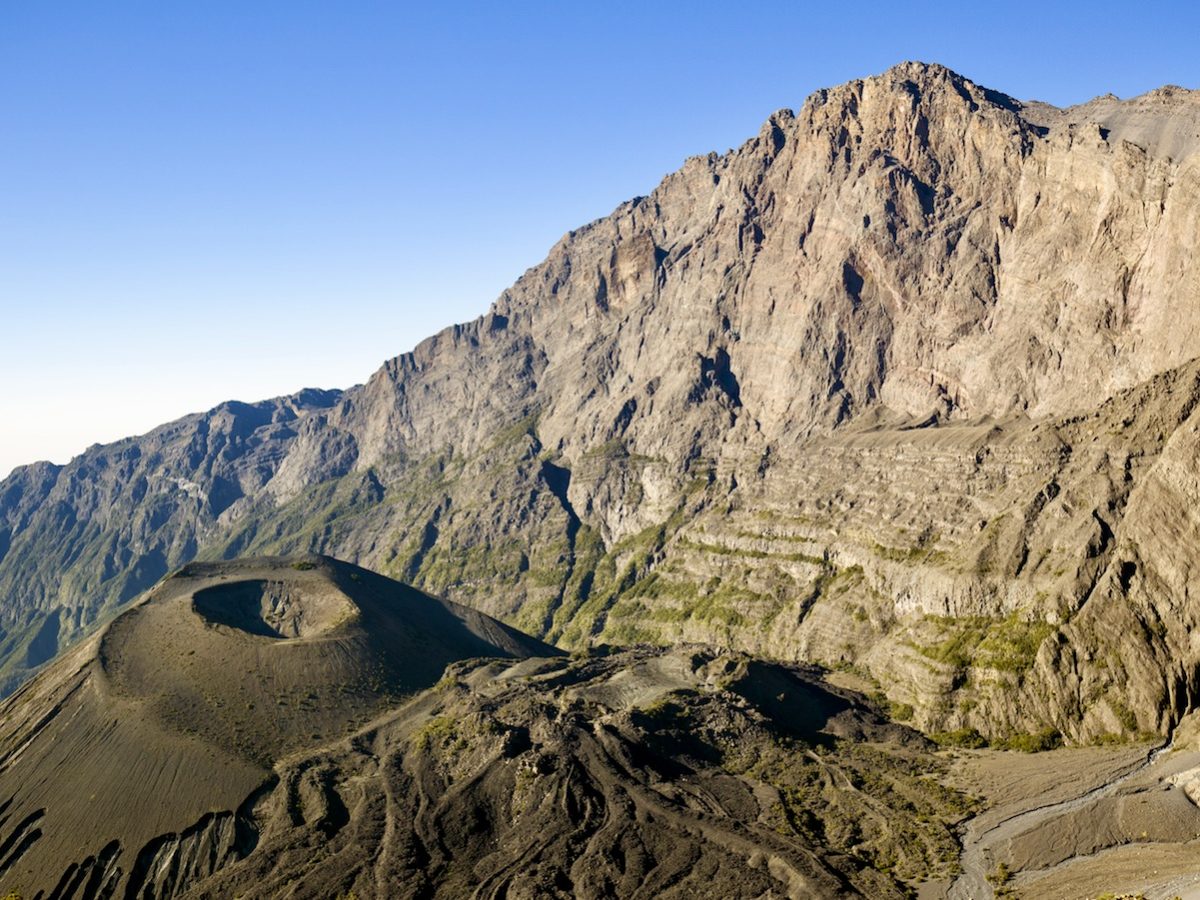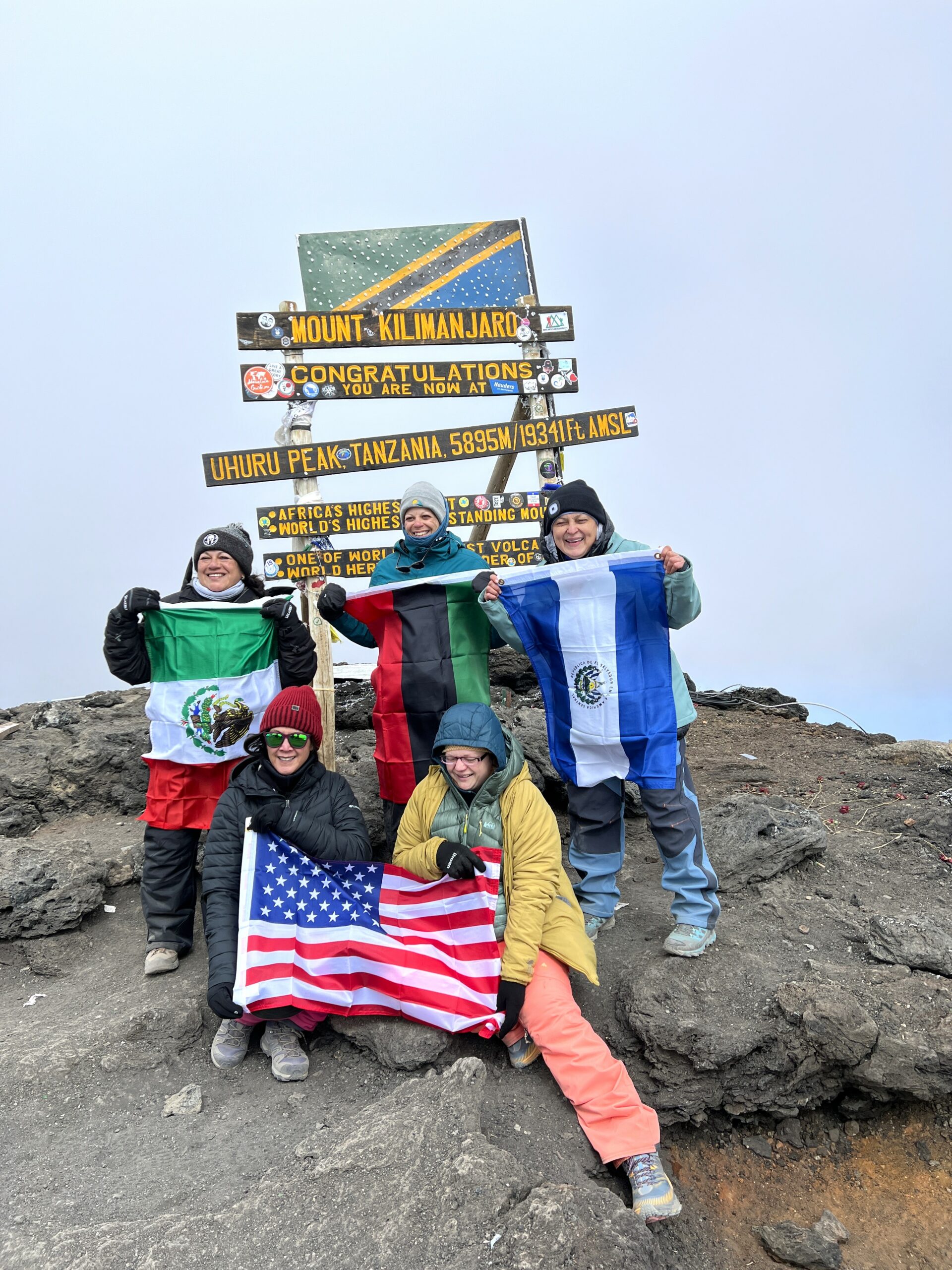Beyond Uhuru Peak: A History of African Mountaineering

Africa, the cradle of humanity, boasts not only the earliest signs of our ancestors but also a rich history of human interaction with its mountains. Contrary to popular belief, the story of African mountaineering stretches far beyond European expeditions and colonial conquest. It’s a tale woven from the threads of survival, exploration, cultural significance, and the very recent rise of recreational climbing.
Early Interactions: A Symbiotic Relationship
Our connection to African mountains began long before the concept of mountaineering existed. Archaeological evidence suggests early hominids, our pre-human ancestors, inhabited the highlands of Ethiopia as far back as 47,000 years ago [1]. These environments offered protection, resources, and strategic vantage points. Climbing wasn’t a sport; it was a necessity for survival.
As societies developed across the continent, mountains continued to play a crucial role. The peaks held cultural significance, often revered as the abodes of spirits or deities. The Maasai people of East Africa consider Mount Kenya a sacred place, while the legendary city of Timbuktu thrived due to its position at the crossroads of Saharan trade routes, nestled amidst mountains [2].
European Arrival and the Colonial Gaze
The arrival of Europeans in the 15th century marked a shift in the narrative. Mountains, once integrated into local life, became objects of fascination and conquest. Early European writings documented sightings of Africa’s highest peak, Kilimanjaro, but dismissed them as myths until the 19th century.
The true “golden age” of European exploration in Africa began in the mid-1800s. Driven by a mix of scientific curiosity, colonial ambitions, and the allure of the unknown, European mountaineers set their sights on Africa’s highest summits.
The Race to the Roof of Africa: Conquering Kilimanjaro
Mount Kilimanjaro, affectionately nicknamed “The Roof of Africa,” became a particular focus. The first documented European ascent came in 1889 by Hans Meyer, a German geographer, alongside a local guide named Yohani Kinyala Lauwo. Lauwo’s role is often understated, highlighting the crucial support African guides provided to European expeditions [3].
The colonial era saw a surge in European expeditions, with climbers driven by a competitive spirit to conquer new peaks. Technical climbing equipment and techniques were still in their infancy, making these ascents dangerous and arduous.
A More Holistic View: Reframing the Narrative
It’s important to acknowledge the complexities of this era. While European expeditions undoubtedly pushed the boundaries of exploration, they often came at a cost. Local populations were sometimes exploited as porters or guides, and cultural sensitivities were not always respected.
Modern historians are working to reframe the narrative of African mountaineering. They emphasize the long history of human interaction with the mountains and the crucial role played by local guides [4].
Beyond Conquest: The Rise of Recreational Climbing
The latter half of the 20th century witnessed a shift in focus. African nations gained independence, and mountaineering evolved beyond European conquest. Local climbing clubs emerged, and a new generation of African climbers began exploring their own mountains.
Today, recreational climbing is a growing activity in Africa. Mount Kilimanjaro remains the continent’s most popular climb, attracting thousands of trekkers each year. However, other peaks like Mount Meru, Mount Kenya, the Rwenzori Mountains, and the Drakensberg are gaining traction.

Challenges and the Future of African Mountaineering
Despite its growth, African mountaineering faces challenges. Infrastructure development in some areas can threaten pristine environments. Climate change is also a concern, with receding glaciers on Kilimanjaro a stark reminder of the impact on high-altitude ecosystems [5].
A Continent Steeped in History
Africa’s mountains hold stories that extend far beyond European exploration. From the earliest human interactions to the rise of modern mountaineering, these peaks have served as places of survival, exploration, cultural significance, and now, recreational challenge. As we move forward, a focus on sustainable practices, cultural respect, and local leadership will ensure that African mountains continue to inspire and challenge climbers for generations to come.
Thinking of climbing a mountain in Africa? Here are some additional tips:
- Choose a reputable and experienced guiding company. Here at Roam Wild Adventure, our experienced guides have been helping people explore the majesty of Kilimanjaro and other African mountains for over 20 years. Our team of expert guides, all highly knowledgeable about the local environment and culture, will ensure you have a safe, unforgettable experience.
- Be aware of the physical challenges and altitude risks.
- Research local customs and cultural sensitivities.
- Pack for diverse weather conditions, especially on high-altitude climbs.
- Respect the environment and leave no trace. As you trek through these incredible landscapes, remember to dispose of waste properly, minimize your impact on local flora and fauna, and avoid disturbing wildlife. By following these principles, you can help preserve the beauty of Africa’s mountains for future generations.
Ready to embark on your African mountaineering adventure?
Contact Roam Wild Adventure today and let us help you turn your dream into reality. We offer a variety of Kilimanjaro treks catering to different experience levels and fitness goals. We also specialize in expeditions to other parts of Africa, including Mount Meru and Mount Kenya.
Here at Roam Wild Adventure, we believe in responsible and sustainable tourism. We partner with local communities and conservation organizations to ensure a positive impact on the places we explore.
So, what are you waiting for? Pack your bags, lace up your boots, and get ready to experience the magic of Africa’s mountains!
Visit our website to learn more about our African mountaineering adventures or contact us today at WhatsApp 1-203-809-5811 to speak with a Roam Wild Adventure specialist.

Sources:
- [1] Pickford, M. (2004). Later Stone Age hunters of eastern and southern Africa. Cambridge University Press.
- [2] Shillington, K. (2013). History of Africa. Routledge.
- [3] Moore, J. E. (1993). Tanzania: Experiment in unity. Civitas Books.
- [4] Lawrance, J. C. (2013. Re-thinking mountaineering history in East Africa. Journal of Eastern African Studies, 7(2), 283-305. [This is an academic journal and may require a subscription or fee to access the full article]